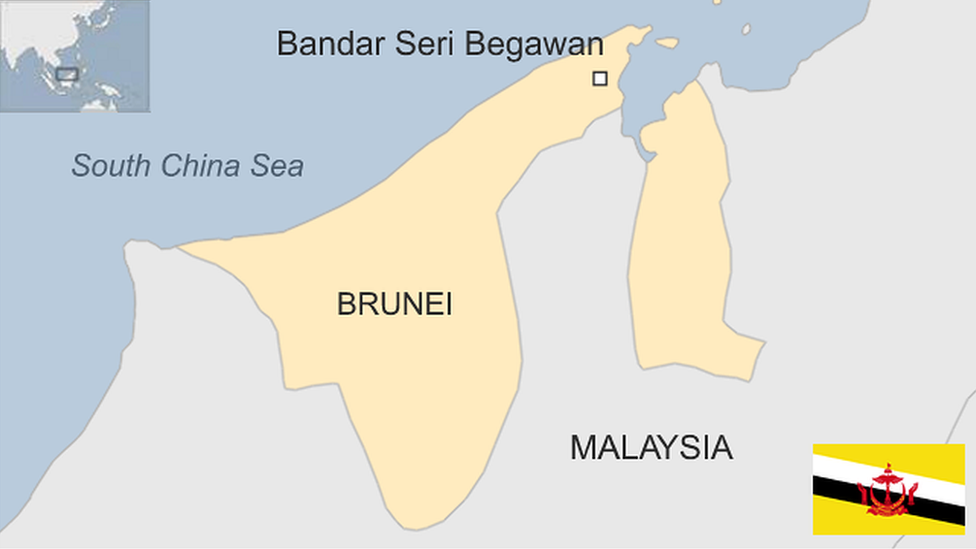Singapore country profile
- Published
This page is no longer being updated. It was last updated on 4 September 2023
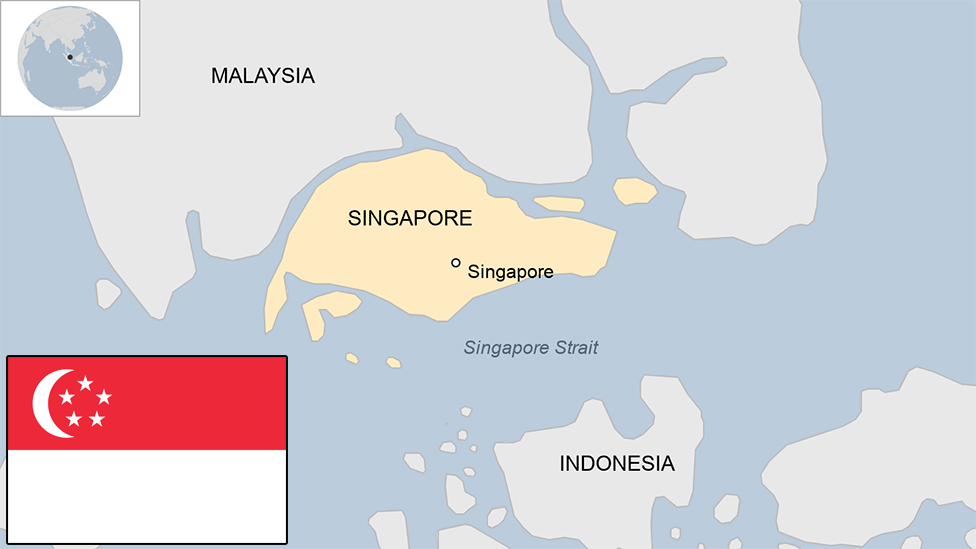
Singapore is a wealthy island city state in South East Asia. Once a British colonial trading post, today it is a thriving global financial hub.
It is one of the world's most densely populated countries, with Chinese people account for about 75% of Singapore's multi-racial population, with Malays and Indians making up much of the remainder.
The People's Action Party has dominated politics since independence from Malaysia in 1965.
See more country profiles, external - Profiles by BBC Monitoring, external
REPUBLIC OF SINGAPORE: FACTS
Capital: Singapore
Area: 734.3 sq km
Population: 5.6 million
Languages: English, Malay, Mandarin, Tamil
Life expectancy: 81 years (men) 86 years (women)
LEADERS
President: Tharman Shanmugaratnam
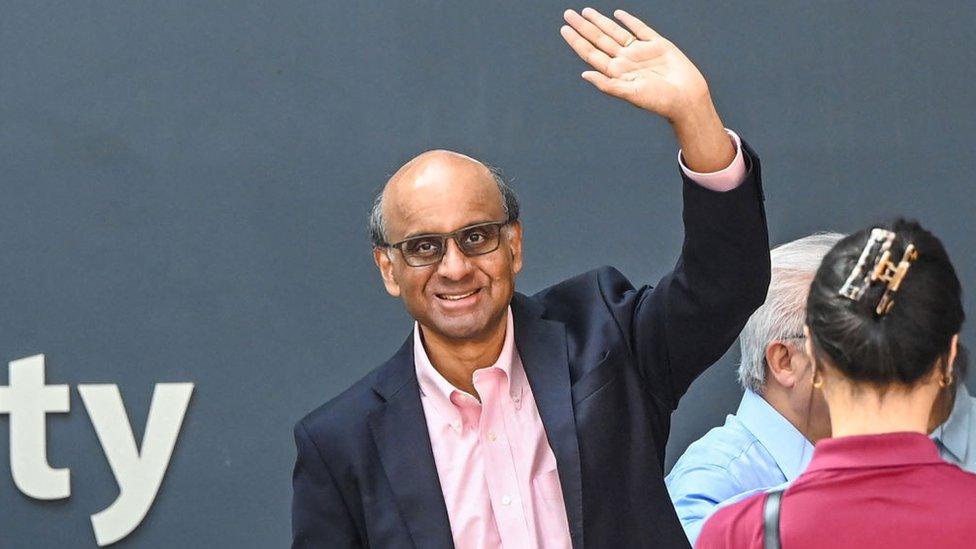
Tharman Shanmugaratnam was elected president in September 2023 with a record 70.4% of the votes, comfortably beating two other candidates in the country's first contested presidential election in more than a decade. He is the first non-Chinese candidate to be directly elected to the presidency.
Besides helping to helm Singapore's political leadership as finance minister and deputy prime minister, the former economist had also held top council positions at global institutions such as the United Nations and the International Monetary Fund (IMF). At one point, he was even tipped to head the IMF.
The role of president is a largely ceremonial one that holds little power, apart from having some say on the use of Singapore's sizeable financial reserves.
Prime minister: Lee Hsien Loong
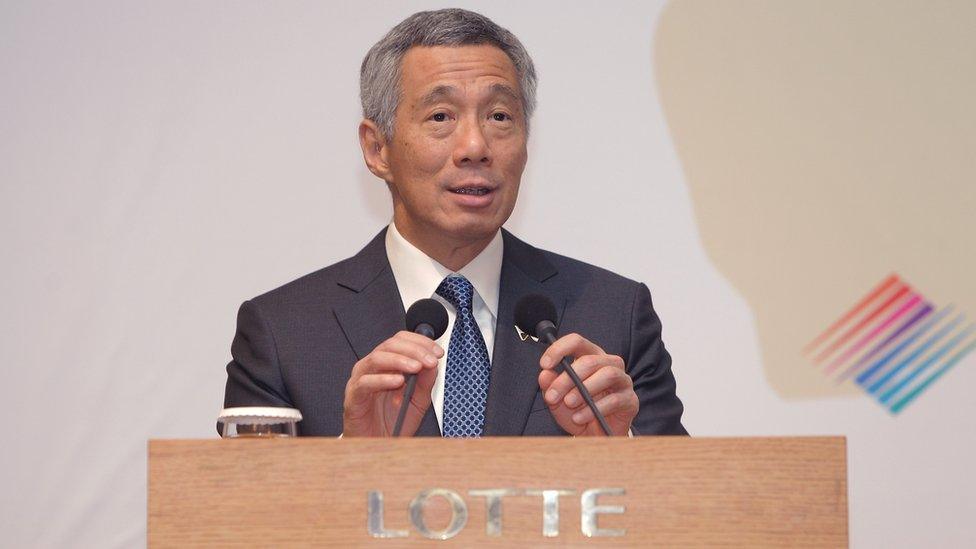
The eldest son of Singapore's founding father Lee Kuan Yew, Lee Hsien Loong has been in office since August 2004.
A former army officer and Cambridge-educated mathematician, he followed his father into politics in 1984 at the age of 32.
As prime minister, Mr Lee has launched policies to build a competitive economy, introducing new programmes to upgrade the education system, investing in research and development and transforming the city-state.
MEDIA

As a media hub for South East Asia, Singapore is a strategic centre for the region's English-speaking audience.
Its tightly-controlled media environment means self-censorship among journalists is common. There are also curbs on online content.
TIMELINE

British administrator Sir Thomas Stamford Raffles oversaw the establishment of Singapore
Some key dates in Singapore's history:
1299 - traditional date for the founding of the Kingdom of Singapura by Sang Nila Utama.
14th Century - Singapore, known as Temasek, flourishes as a trading port under the influence of both the Java-based Majapahit Empire and the Ayutthaya Empire in modern day Thailand.
1398 - Parameswara, the last king of Singapura, flees the kingdom after a Majapahit naval invasion and founds the Malacca Sultanate.
17th Century - Singapore nominally part of the Johor Sultanate, while the wider maritime region comes under Dutch control following their conquest of Malacca.
1819 - Sir Thomas Stamford Raffles establishes a trading post on Singapore for the British East India Company.
1824 - British take over the entire island.
1826 - Singapore becomes part of the Straits Settlements, under the jurisdiction of British India.
1867 - Straits Settlements are separated from British India and come under the direct control of Britain.
1890s - With the rubber industry established in Malaya and Singapore, the island became a global centre for rubber exports.
1938 - UK completes British Naval Base Singapore, as a Royal Navy base to defend against Japanese aggression.
1939 - Second World War breaks out.
1941 - Japan launches surprise attack on the US fleet at Pearl Harbor. Japanese air force sinks the British warships HMS Prince of Wales and HMS Repulse which have been sent to defend Malaya and Singapore. The Japanese army invades Malaya decisively defeat numerically superior British, Indian, Australian and Malayan defenders.
1942 - Japanese capture Singapore. 85,000 British and allied troops surrender, in the largest British surrender in history.
1945 - Japan surrenders. British forces return to Singapore.
1948-60 - Malayan Emergency; a a guerrilla insurgency by the ethnically Chinese-led Malayan Communist Party to force the British out of Malaya.
1957 - Malaya becomes independent.
1959 - Singapore holds first general election.
1961 - Malaya's prime minister, Tunku Abdul Rahman calls for a new Federation called Malaysia, uniting Malaya, Singapore, Brunei, North Borneo, and Sarawak. The UK supports this believing the merger would prevent Singapore from becoming a haven for communism.
1963 - Singapore joins the Federation of Malaysia.
1963-66 - The Indonesia-Malaysia confrontation or Konfrontasi; an armed conflict between UK and Commonwealth forces against Indonesian troops - mainly in Borneo - stemming from Indonesia's opposition to the creation of the Federation of Malaysia. After Indonesian president Sukarno loses power in 1966, the dispute is resolved.
1964 - 36 people die and 560 are injured in communal race riots between Malays and Chinese in Singapore. The riots are seen as pivotal in leading up to the independence of Singapore.
1965 - Singapore withdraws from Malaysia. Prime Minister Lee Kuan Yew focus on economic growth, support for businesses and limits on internal democracy shapes Singapore's policies for the next 50 years.
1967 - Singapore founder member of Association of Southeast Asian Nations (Asean).
1990 - Singapore's founding father Lee Kuan Yew stands down after 31 years.
1993 - Singapore holds its first presidential election, previously the president had been appointed by parliament.
2015 - Lee Kuan Yew dies.
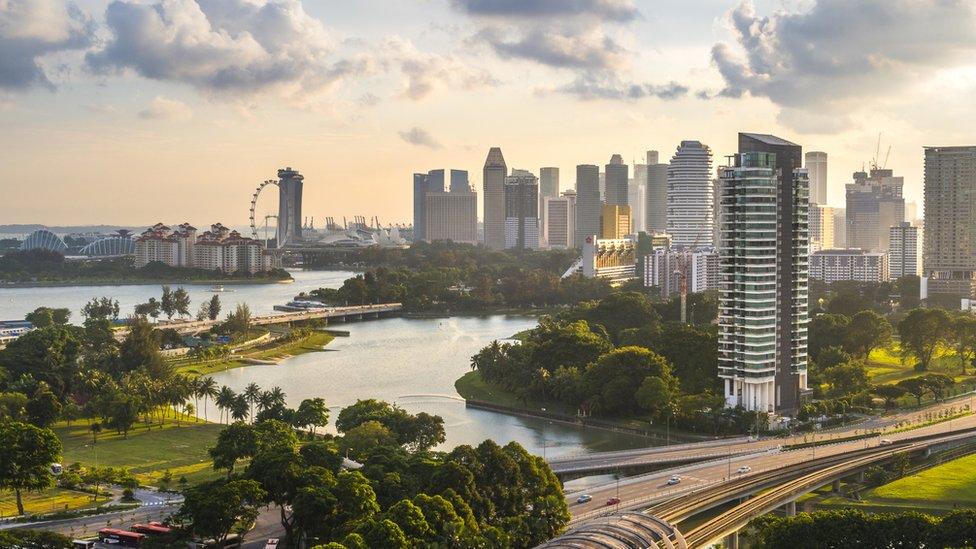
Singapore is a global financial hub
Related topics
- Published25 October 2024
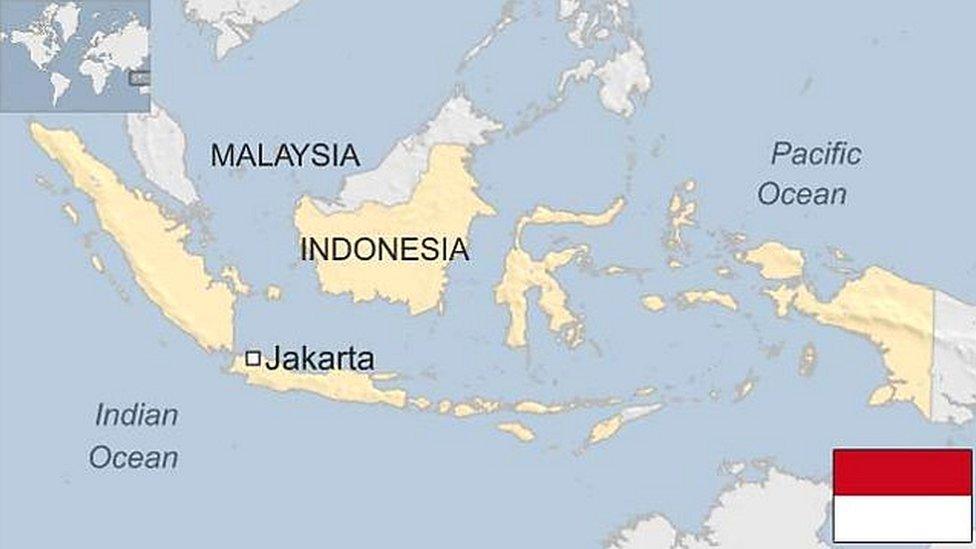
- Published19 May 2023
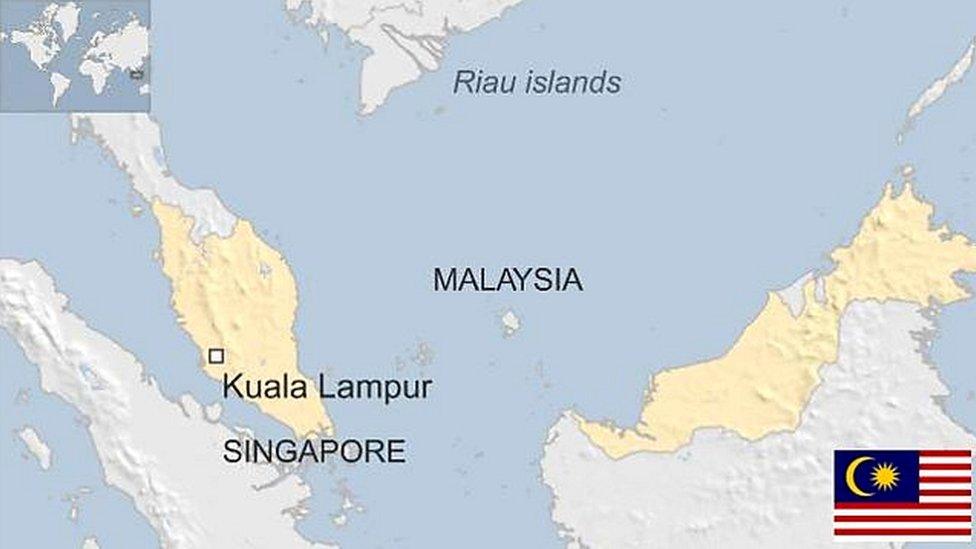
- Published22 August 2023
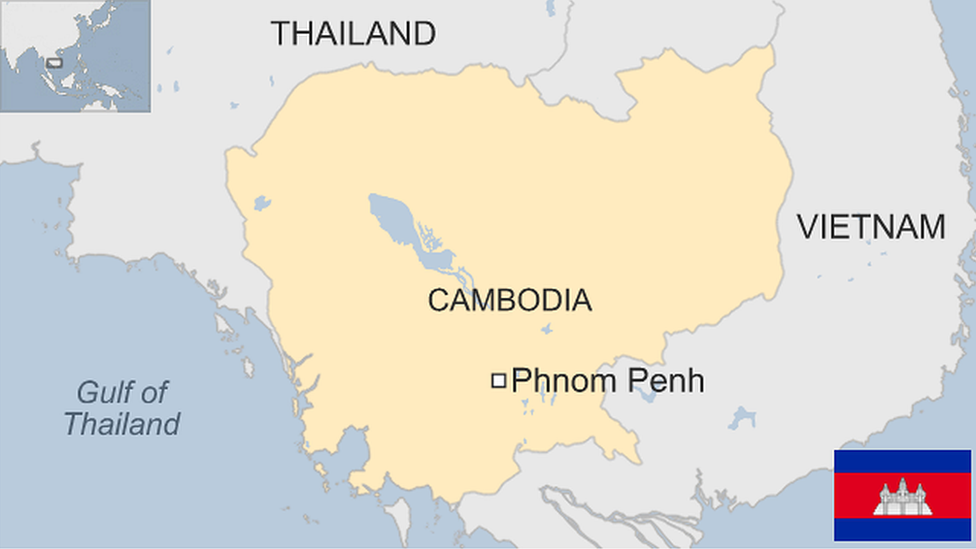
- Published23 October 2024
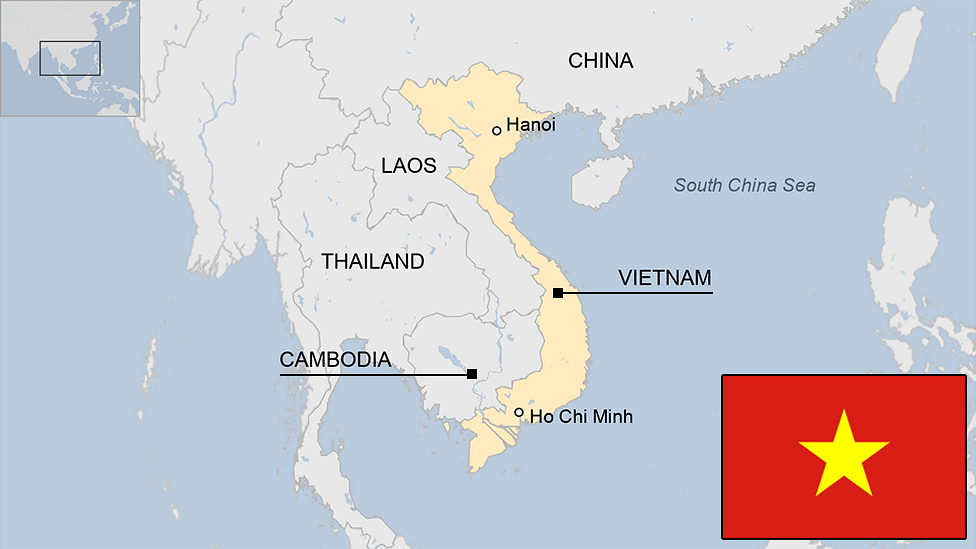
- Published24 February 2023
